The Study of Catchwords Published in YAO WEN JIAO ZI (2020-2024) from the Perspective of Sociolinguistics
DOI: 10.23977/langl.2025.080210 | Downloads: 8 | Views: 541
Author(s)
Yueping Liao 1
Affiliation(s)
1 School of English Studies, Xi'an International Studies University, Xi'an, 710128, China
Corresponding Author
Yueping LiaoABSTRACT
Language, as an important tool for human social communication, can also record social changes and have distinctive characteristics of the times and rich sociological and linguistic values. From the perspective of sociolinguistics, this study takes the annual ten network catchwords published by YAO WEN JIAO ZI magazine from 2020 to 2024 as the research object to deeply analyze the sources, semantic connotations, language variant phenomena, and their causes of these annual hot words and to reveal the relationship between language variants and social development. It shows that the catchwords mainly come from six original fields, including news events, network lines, national terminology policy, movies and TV, games, and other sources. And there are mainly five types of language variation in these catchwords, that is, neology, borrowing, contraction, accent stylization, and code-mixing. The language variations of the annual network catchwords are mainly influenced by social culture, social psychology, and language itself. This study hopes to provide new perspectives and ideas for research and practice in related fields.
KEYWORDS
Catchwords; Sociolinguistics; YAO WEN JIAO ZI; Ten Hottest LinesCITE THIS PAPER
Yueping Liao, The Study of Catchwords Published in YAO WEN JIAO ZI (2020-2024) from the Perspective of Sociolinguistics. Lecture Notes on Language and Literature (2025) Vol. 8: 67-73. DOI: http://dx.doi.org/10.23977/langl.2025.080210.
REFERENCES
[1] Bolter, J. D. (1991). Writing space: The computer, hypertext, and the history of writing. Lawrence Erlbaum Associates, Inc.
[2] Crystal, D., & Ebrary, I. (2001). Language and the Internet. Cambridge University Press.
[3] Fishman, J. A. (1970). Sociolinguistics: A Brief Introduction. Newbury House.
[4] Gibbs, D., & Krause, K. (Eds.) (2000). Cyberlines: Languages and Cultures of the Internet. James Nicholas Publishers.
[5] Guan Chunyu. (2023). Youth Mentality and Subculture Evolution in Internet Buzzwords. Youth Journalist, (08), 107-109.
[6] Jacobson, D. (1996). Contexts and cues in cyberspace: The pragmatics of naming in text-based virtual realities. Journal of Anthropological Research, 52(4), 461-479.
[7] Labov, W. (1972). Some principles of linguistic methodology. Language in Society, 1(1), 97–120.
[8] Li Juxing, Qin Ling, Dong Jiayi. (2025). The Generation Logic, Expression Types, and Governance Paths of Metaphorical Internet Slang. Journal of Xi'an Jiaotong University (Social Sciences), 45(01), 116-122.
[9] Trudgill, P. (1974). The social differentiation of English in Norwich. Cambridge University Press.
[10] Xue Huimin. (2015). The Influence of Internet Buzzwords on the Chinese Literacy of Teenagers. Language Planning, (03), 67-68.
| Downloads: | 48929 |
|---|---|
| Visits: | 931237 |
Sponsors, Associates, and Links
-
Journal of Language Testing & Assessment
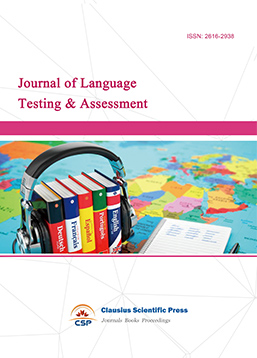
-
Information and Knowledge Management

-
Military and Armament Science

-
Media and Communication Research
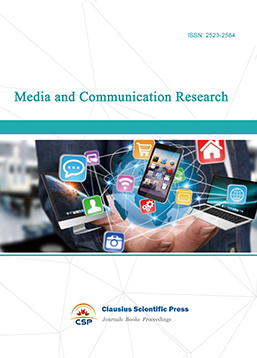
-
Journal of Human Movement Science

-
Art and Performance Letters
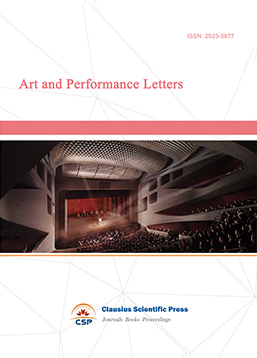
-
Lecture Notes on History
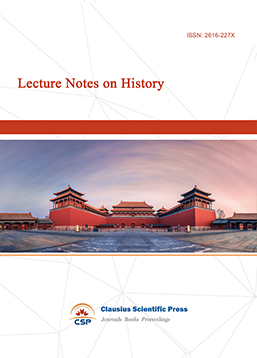
-
Philosophy Journal
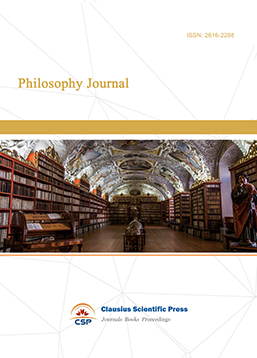
-
Science of Law Journal

-
Journal of Political Science Research

-
Journal of Sociology and Ethnology
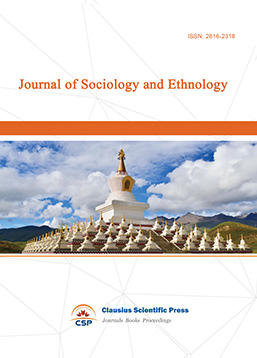
-
Advances in Broadcasting


 Download as PDF
Download as PDF